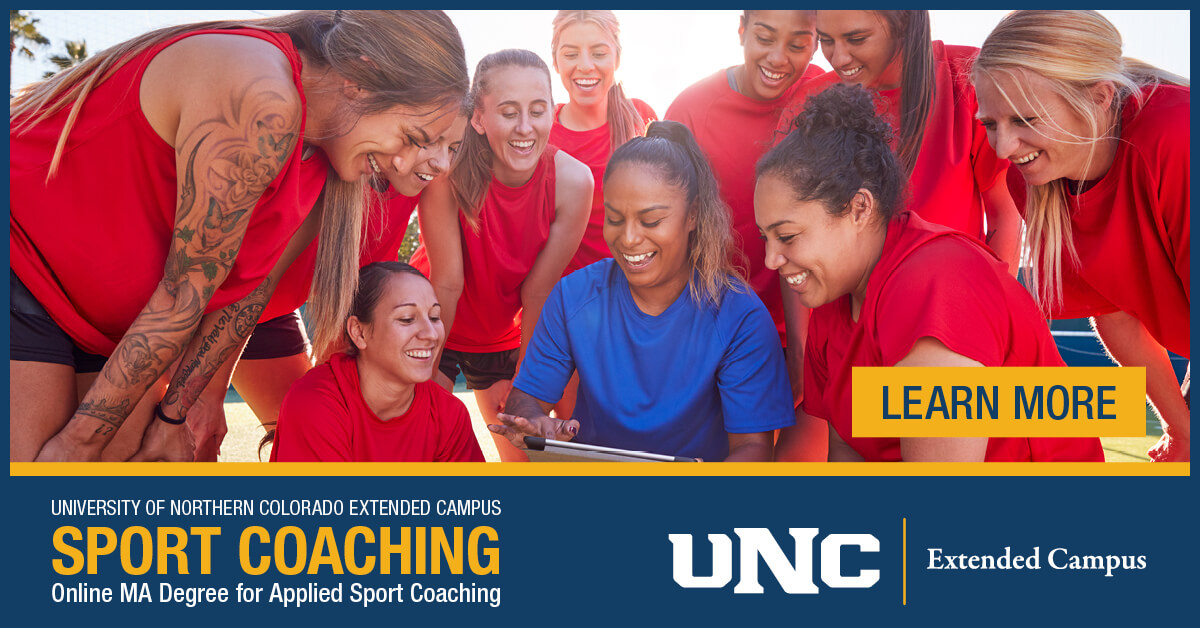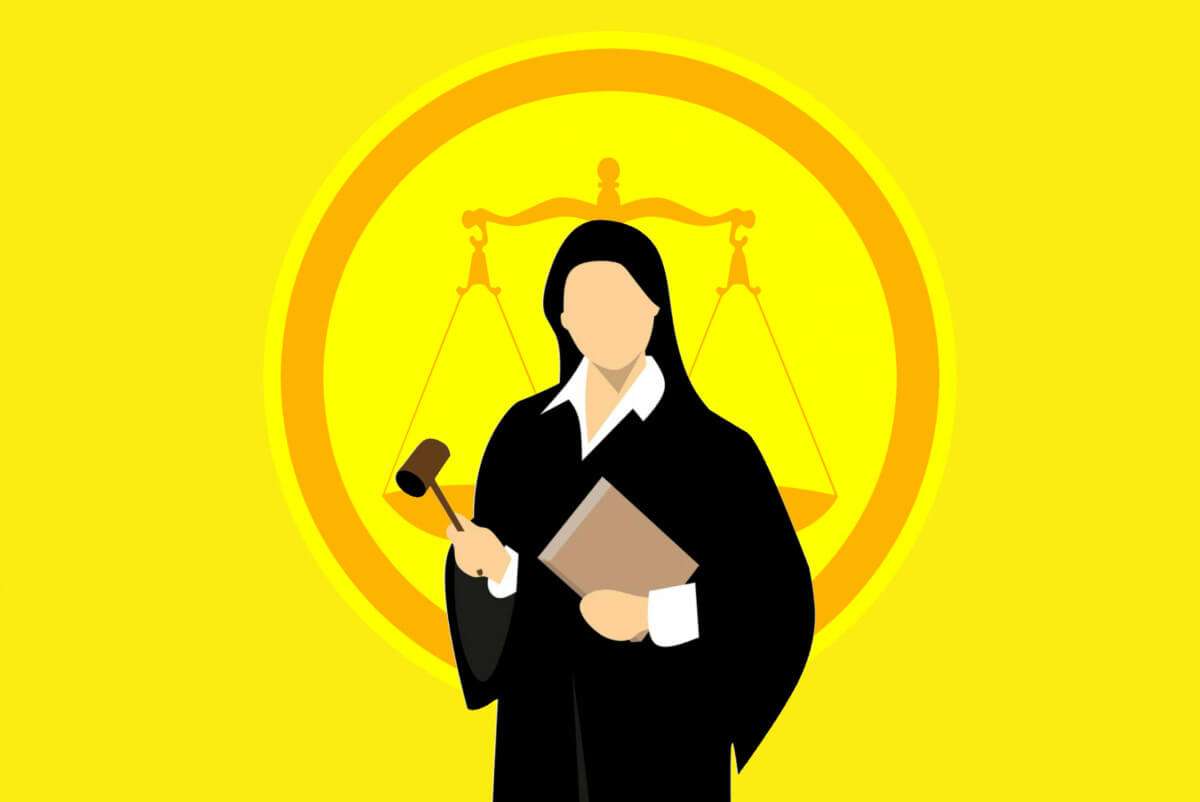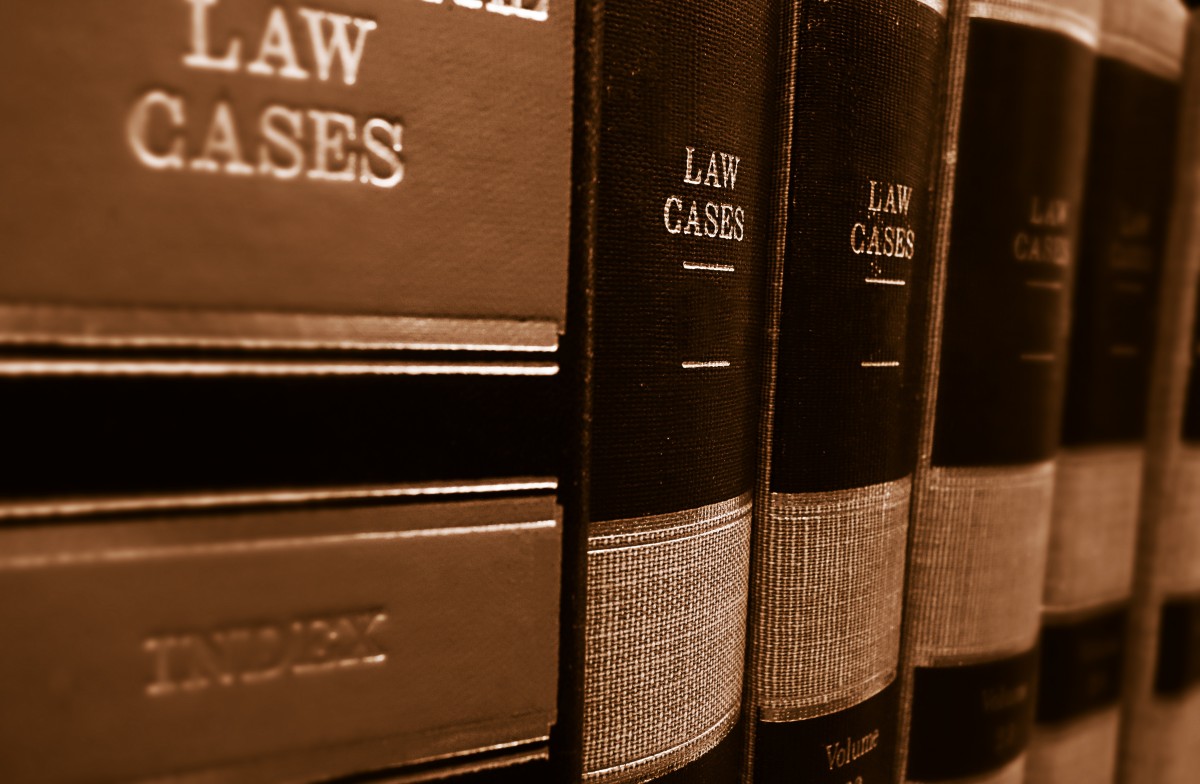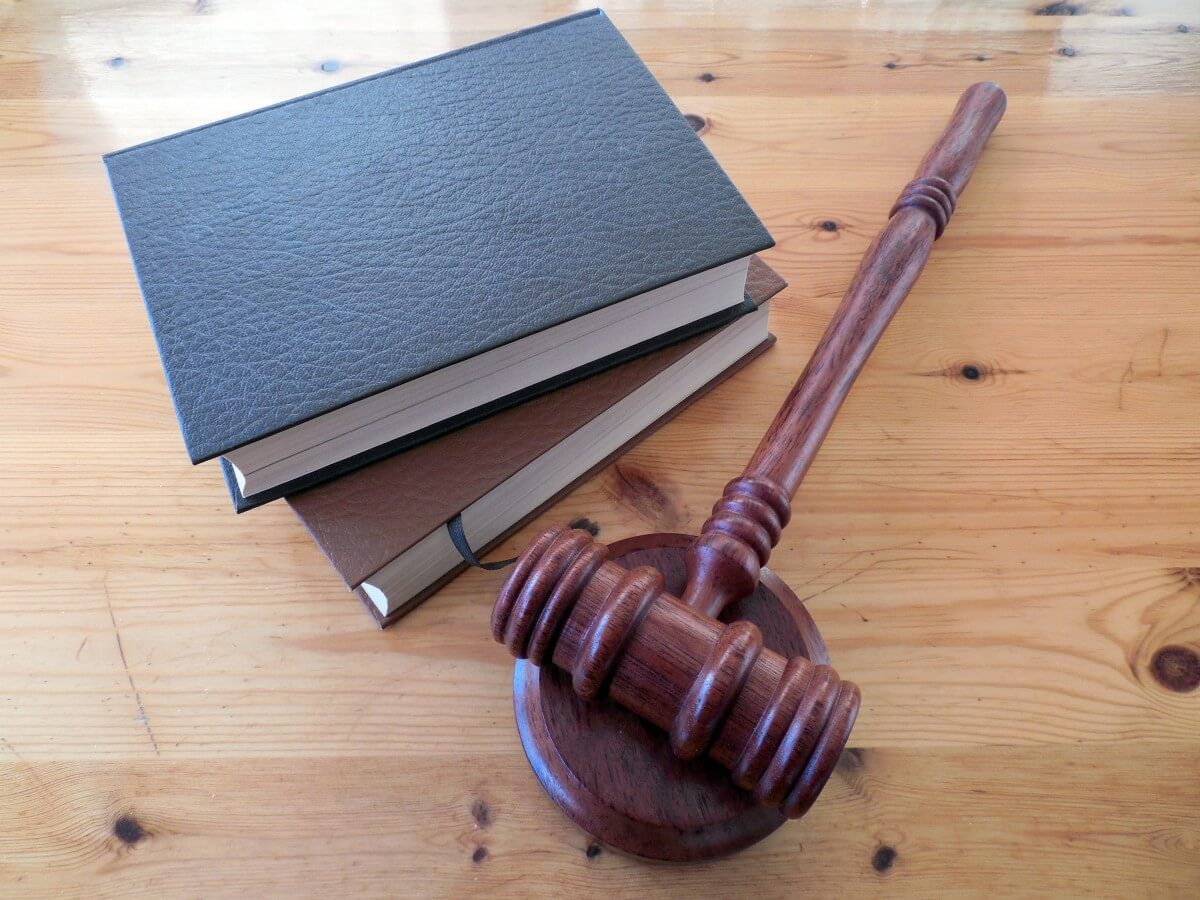
Introduction
The authors hope this Bill could be introduced in your state to help students with disabilities gain equal access to and equality for sports equivalent to what is offered to nondisabled students. The article will present Texas Senate Bill 776, highlighting notable sections, language suggestions, the need for state disability sports laws, arguments presented for this Bill, proposed advocacy, and recommendations for implementation. Texas, for example, has organized interscholastic men’s sports for over 100 years and women’s for 50 years (Title IX. 1972), it’s time students with disabilities have the same equality and equity opportunities (i.e., funding, coaches, full seasons, competitions, uniforms, etc.). SB776 mandates Texas interscholastic sports and school districts to “own/run/manage” all aspects of disability sports and does not allow the “pawn off” responsibility to nonprofit volunteer organizations. Implementation is the sole responsibility of the state’s interscholastic sports league. It is crucial that students with disabilities are presented with the same sports opportunity. Pertinent stakeholders should be aware of mandated laws, such as SB776, that provide competitive sports for students with disabilities. Community engagement as well as organizational efforts are warranted interscholastic sports and school districts to fulfill their responsibility.
The Law
TX SB776 | 2021-2022 | 87th Legislature
AN ACT
relating to the creation of an inclusive sports program by the
University Interscholastic League to provide students with
intellectual disabilities access to team sports.
BE IT ENACTED BY THE LEGISLATURE OF THE STATE OF TEXAS:
SECTION 1. This Act may be cited as Zariah’s Law.
SECTION 2. Subchapter D, Chapter 33, Education Code, is
amended by adding Section 33.097 to read as follows:
Sec. 33.097. INCLUSIVE SPORTS PROGRAM FOR STUDENTS WITH
INTELLECTUAL DISABILITIES. (a) The University Interscholastic
League shall ensure students with intellectual disabilities have an
opportunity to participate in team athletic activities by
establishing and maintaining an inclusive sports program.
(b) The University Interscholastic League shall adopt rules
as necessary to establish, maintain, and expand the inclusive
sports program. The rules must:
(1) accommodate inclusive team sports offered through
the program at participating public middle schools, junior high
schools, and high schools in the state;
(2) establish eligibility requirements for
participation in each inclusive team sport offered through the
program;
(3) identify best practices for school districts to
incorporate inclusive sports; and
(4) require the program to incorporate activities that
promote:
(A) bullying prevention;
(B) moral intelligence;
(C) character development;
(D) leadership development;
(E) physical fitness; and
(F) positive school culture.
(c) In adopting the rules under Subsection (b), the
University Interscholastic League shall consider and incorporate
as appropriate:
(1) federal guidance regarding providing access to
extracurricular athletics for students with intellectual
disabilities;
(2) guidance available from nationally recognized
organizations that promote inclusion and acceptance among students
with and without intellectual disabilities;
(3) information regarding inclusive sports programs
that have been successfully implemented in this state, in other
states, and by nonprofit organizations;
(4) input from school districts and the agency; and
(5) guidance provided by impacted stakeholders,
including by parents of or persons standing in parental relation to
students with intellectual disabilities.
(d) The University Interscholastic League may appoint a
person to provide guidance on behalf of impacted stakeholders for
purposes of Subsection (c)(5).
(e) In maintaining the inclusive sports program, the
University Interscholastic League shall, to the greatest extent
possible, require:
(1) students who participate in the inclusive sports
program to be subject to the same rules and requirements as students
who participate in other athletic programs offered by the league,
including:
(A) grade and disciplinary requirements under
Section 33.081(c); and
(B) requirements related to student safety in
athletic activities under this chapter and Chapter 38; and
(2) team sports provided through the inclusive sports
program to be organized similarly to other athletic programs
offered by the league, including with respect to team practices,
seasonal play, and local and statewide competitions.
(f) In addition to using funds available or appropriated for
the purpose, the University Interscholastic League or a partner
affiliated with the league may seek and accept gifts, grants, or
donations of money from public and private sources for the purpose
of establishing or expanding the inclusive sports program.
SECTION 3. This Act takes effect on September 1, 2021.
Texas SB776 Highlights
- University Interscholastic League will provide students with intellectual disabilities access to team sports. The bill also highlights “inclusive” sports which includes other disabilities and non-disabled participating on the same team. Students with ID will make up the majority of players during the competition. Because “inclusive” sports also include other disabilities the article will place emphasis on inclusion making references to “disabilities” in general, not specifically to ID.
- To the greatest extent possible team sports programs are to be organized similarly to other athletic programs offered by the league, including with respect to team practices, seasonal play, and local and statewide competitions.
- Fully funded including but not limited to, head/assistant coach stipends (Texas $4,000-5,000 per sport), equipment, uniforms, competition expense (referees, cheerleaders, band, travel, meals), and access to athletic trainers.
- Three levels for each sport, junior high Freshman team, middle school Junior Varsity team, and high school Varsity team.
- Varsity high-level play may be more inclusive involving students without a disability on the team. For example, during a basketball competition only 3 students with ID and 2 students without can be on the court during the game. Varsity teams would compete for district, area, regional, and state games.
- Junior Varsity teams and Freshmen teams would be made up only of student-athletes with Disabilities (i.e., ID, Muscular Dystrophy, Orthopedic, Spinal Injury, Traumatic Brain Injury, Autism, etc.). These teams would only compete at the district level.
- Regular full-length sessions, regular weekly practices, 8-10 district competitions, and area, regional, and state games.

Presented Arguments for SB776
- For 100 years or more for men and 50-plus years for women both have had the opportunity to enjoy the full benefits of interscholastic sports offered by Texas School ISD (i.e., funding, coaches, full seasons, competitions, uniforms, etc.).
- Texas interscholastic league offered 14 sports for men and women including Varsity, JV, and Freshman equaling 84 total sports. How can Texas school’s interscholastic league disagree and say “NO” to 4-8 sports for students with disabilities?
- Further, each of the 84 sports is funded, has full seasons, coaches, equipment, and 12 to 20 competitions not including district, bi-district, area, regional, and state games. On the other hand, NO interscholastic sports are offered for students with disabilities.
- School districts have no obligation to help or support outside non-profit sports organizations (e.g., Special Olympics, Challenge League, etc.). 100’s schools across Texas do not have any sports for students with disabilities. For schools that do offer Special Olympics or another nonprofit at best provides 2-4 sports with 1-3 special events, run by volunteers, and provide no funding.
- All aspects of disability interscholastic sports should be owned and operated by School district ISDs. In 1972 Title IX women’s interscholastic sports started in school districts and the program was NOT outsourced to YWCA, Boys & Girls Club, or another nonprofit organization. The same should hold true for students with disabilities in sports. Special Olympics, Little League “Challenge” and/or other disability sports organizations are NOT a substitute for school ISD’s athletic sports programs.
- How many coaches support the Football program and Friday night games? 8-15 coaches & referees. You would not see Friday night football run by volunteers.
- Normal sports programs have money for uniforms, shoes, equipment, travel, and coaches. This is not offered to students with disabilities.
- The implementation of disability sports increased exposure and opportunities for students to socialize, increasing mental health, sense of belonging, and perceived ability to succeed.
- This law is supported by federal law(s) Section 504 of the Rehabilitation Act and IDEA. Both state that students with disabilities should be provided with interscholastic sport and recreational sport opportunities, respectively.

Suggested Language Variations, Additions, or Changes
- “inclusive team sports” = (a) Sports are exclusively adapted and modified for students with intellectual disabilities (b) Sports are developed and offered in accordance with the same equity as non-disabled student-athletes; (c) Sports could include other disability conditions and students without disabilities in a minority role; and (d) Sports are not limited to only team sports or other athletic programs offered by the league.
- “students with disability” = A student who meets the definition and qualifies for special education as defined by federal law (IDEA).
- “establishing” = School should be in compliance with the provisions no later than 3 years from the stated date.
- “middle schools, junior high schools, and high schools” = Each sport should have a Freshman, VJ, and Varsity team.
- Inclusive Spots Program for students with Intellectual Disabilities to Adapted Sports Program for students with Disabilities

Other Suggested Language
- Ensure students with disabilities have an equal opportunity to participate in separate adapted athletic sports.
- Ensure reasonable accommodation necessary to provide students with disabilities equal opportunity to participate, to the fullest extent possible, in athletic sports.
- Ensure that adapted athletic sports opportunities (coaches, equipment, practices, competition, funding) are available.
- Develop policies and procedures to promote students with disabilities athletic sports opportunities.
- Provide the opportunity for students with disabilities to participate in extracurricular interscholastic athletic competition, as demonstrated by Equivalent opportunities for participation in adapted athletics and/or by evidence indicating that the interests and abilities of students with disabilities have been fully and effectively accommodated by the school system implementing adapted sport programs.
- State Education Board shall adopt a model policy to assist a county board with the implementation of adapted athletic sports programs.
- State Education Board shall monitor the compliance of county boards towards the law.
- State Education Board shall investigate and take corrective action in response to complaints from parents, guardians, or legal representatives of students with disabilities who allege a violation of the law.
Reporting:
- Each year, each school board shall submit to the State Education Board a report of the school system’s compliance with the law.
- Annual reports by school boards include the number of students with disabilities that participate in adapted athletic sports as well as how many adapted athletic sports are offered.
- A description and plan by school boards to engage students with disabilities in athletics.
Regulations:
- The State Education Board shall adopt regulations necessary to implement adapted interscholastic athletic programs.
- The State Education Board shall provide technical assistance to school boards concerning the law.
Need for State Disability Sports Laws
1. Action to advocacy needs to be taken for students with disabilities that are not given the same opportunity as students without disabilities in the activities specific to athletics sport opportunities. There have been endless research studies showing that extracurricular programming is linked to academic achievement. Specifically, participation in interscholastic sports promotes students’ development, social ties, and the positive relationship effect of participation on achievement.
2. Federal laws such as Section 504 of the Rehabilitation Act of 1973 and Public Law 94-142 of 1975 (IDEA) both have been around 50 years and are interpreted to include interscholastic sports and extra-curricular activities, thus sports should be offered to students with disabilities. The late Julian Stein, Ph.D. for decades argued Section 504 entitled interscholastic sports for Students with Disabilities and interpreted the same as Title IX for woman’s sports excluding proportionality. However, nothing has ever been enforced nationally for Section 504 and only three states (Texas, Maryland, and Maine) have legislation for disability interscholastic sports.
3. The Unified Sports Program is an inclusive sports program created through the Special Olympics, joining people with and without disabilities on the same team. However, schools are not being funded through their own sports programs resulting in volunteer coaches, no money for equipment, uniforms, transportation, and shortened seasons/practices and competitions. Special Olympics is an outside nonprofit volunteer organization and school districts do not have to offer the program. Further, if offered, it is limited in every aspect (3-week seasons, 2-4 sports a year, 1-3 competitions, severely limited to no resources, and no funding).
4. Adapted Sports Programs are similar to Unified Programs in that they allow children with disabilities to participate in sports. Adapted Sports are provided through the American Association of Adapted Sports Programs, Inc. (AAASP) so that students with disabilities have equitable opportunities in school-based sports. This means that the student is still able to represent the school in their uniform, being part of the team as students without disability. It is the goal of the program that high school athletes with all disabilities should be provided sports experiences that are provided to non-disabled people. However, most schools only offer track & field events, wheelchair basketball, and/or flag football. Again, not having full access to regular athlete funds limits equality for students with disabilities to succeed in sports.
5. Accessibility of data for High School Athletic Programs that offer sports for students with disabilities and their websites as per each state are not that explicit for the programs that they offer at their schools. There is often a vague mention of sports programs for students with disabilities, but the information is not as updated as normal sports. This can be a problem within this topic because accessibility of information to participate often does not get to parents or is too hard to find, hindering the amount of participation for students with disabilities.

Advocacy
- Local non-profits must implement grass-root efforts to increase community awareness of the need for interscholastic sports for children with Intellectual Disabilities.
- Local non-profits can further advocate for implementation by offering adaptive sports practices year-round to act as support to local school districts.
- Local non-profits and disability organizations should begin educating their stakeholders on the availability of interscholastic sports for students with intellectual disabilities.
- In-services for disability advocates familiar with the law at school districts should increase understanding and implementation by parents, special education instructors, coaches, and administration.
- Informational brochures should be mailed and passed out to local stakeholders. Pediatric clinics, Pediatric Therapy Centers, and University’s should receive a copy of the informational brochure and be made aware of the creation/passing of SB776.
- An informational website, as well as social media platforms, should be created to create a central hub of information regarding sports for students with disabilities.
- Community backing through pep rallies, meeting the player night, and mini-games during school time should be conducted to increase community awareness and advocacy of the implementation of SB776.
- Advocates, as well as community leaders (varsity players), should meet and recruit prospective participants (6th graders) to increase participation from athletes with disabilities.

Additional Advocacy Suggestions
- Send or Handout Informational brochure/law to Local/region special education services, Administration, Rehab centers, Non-profits, (Morgan’s Wonderland, ARC, etc.), University Adapted Physical Activity & Special Education programs, Coaches in local school districts, Fundraiser/Special event, and Pediatrician clinics.
- Use social media to expand on the law and student with disabilities sport (YouTube video)
- Create a website to increase awareness.
- Create a social media sport for disabilities challenge (e.g., Ice Bucket Challenge for ALS)
- Update social media platforms with recent information
- Promoting the law on local news.
- Interview Coaches who have completed a successful season.
- Create an email list of supporters.
- Help/Partnership from high school volunteers
- Practices involving peer classmates in varying program aspects.
- School Assembly has games during a pep rally or homeroom [mini game]
- Celebrity Endorsement of disability sport law
- Invite celebrities to events to increase awareness.
- Target 6th graders with disabilities and families on upcoming UIL Sports
- Students with disabilities and staff competition
- Conduct a disability sport field day event to highlight athletes.
- LED scoreboard commercial
- Meet-the-players night.
- Have the current varsity disability sport team present to middle and elementary schools.
- Fan T-shirts supporting sports for students with disabilities.
Implementation
- Prevent loopholes allowing local districts or states to opt out of participation and implementation of disability sport legislation (e.g., SB776). To increase implementation pertinent stakeholders such as Parents/Caregivers, Adapted Physical Educators, Special Ed Educators, and local Advocate groups must request that their district’s Athletic Directors must support state law. Further, if “loopholes” are presenting themselves at the local or state level, add amendments/definitions to the existing law. The authors will be making additional amendments to SB776 in the upcoming congressional session.
- Implementation may occur through regional and statewide audits. Funding of other UIL sports such as football should be placed on pause until real efforts to implement Sports for students with disabilities are conducted within the school district.
- Have mandatory in-service implementation training on disability sports for coaches, coaching Staff, and athletic directors. Increasing competence and knowledge will increase the chances for students with disabilities to have sport opportunity.
- Stakeholders such as parents, special education teachers, coaches in school districts, and disability organizations should be informed of the contents of disability sport legislation.
- Educational Institutions with Health and Human Performance, Occupational Therapy, Physical Therapy, Speech Therapy, and Special Education Programs should be informed on the contents of the law and its implications.
Conclusion
To conclude SB 776 entitles students with Intellectual Disabilities to Interscholastic Sports throughout the state of Texas. Students with Intellectual Disabilities deserve the opportunity to play at a competitive level throughout the United States. Competitive UIL sports for men has been available since 1911, for women since 1951, and for students with Intellectual Disabilities since 2021. It is imperative that implementation and nationwide acceptance of Interscholastic Sports for students with Intellectual Disabilities occurs. Students’ primary occupation is playing therefore widespread opportunity of competitive play for those with Intellectual Disabilities will ultimately increase socialization, physical health, and perceived mental health. Additional strides towards refining the definitions within Texas SB776 are warranted to strengthen implementation efforts as well as community understanding and awareness.
Selected References
About Us. (n.d.). Retrieved from https://www.adaptedsports.org/about-us
Broh, B. (2002). Linking Extracurricular Programming to Academic Achievement: Who Benefits and Why? Sociology of Education, 75(1), 69-95. doi:10.2307/3090254
Children and Youth With Disabilities. (2019, May). Retrieved from https://nces.ed.gov/programs/coe/indicator_cgg.asp
Minnesota Association for Adapted Athletics – Minnesota State High School League – Brooklyn Center, Minnesota, USA : NCHPAD – Building Inclusive Communities. (n.d.). Retrieved from https://www.nchpad.org/Directories/Programs/8310/Minnesota~Association~for~Adapted~Athletics~-~Minnesota~State~High~School~League
O’Brien, J. C., & Kuhaneck, H. (2019). Case-Smith’s Occupational Therapy for Children and Adolescents (8th ed.). Elsevier Health Sciences (US). https://bookshelf.vitalsource.com/books/9780323512626
Unified Sports. (2019, November 6). Retrieved from https://www.specialolympics.org/our-work/sports/unified-sports
University Interscholastic League. (n.d.). Timeline of UIL history. Timeline of UIL History – University Interscholastic League (UIL). Retrieved April 4, 2023, from https://www.uiltexas.org/history/timeline

i wish to god they had laws like this way back in the 1980s i went to macarthur high school in 1983 to 1984 i was not allow to take band went i was in high school they told me i was not allow to take part in the band but some ard meetings will find some way to get round this law and put them in work study classes so they wont have any time to take part watch and see just a warning